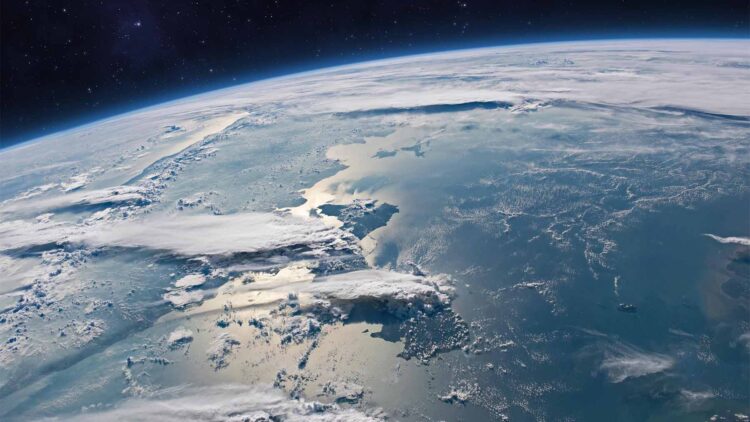Dust from the far side of the Moon has just revealed something scientists has never seen there: tiny fragments from an extremely rare space rock. When they studied the material extracted from the Chang’e-6 mission in China, they found some microscopic grains from a very fragile, but rich in water meteorite, that usually never survive when it crosses Earth atmosphere.
This grain comes from a type of meteorite called an Ivuna-type carbonaceous chondrite, or CI chondrite. It’s the first time confirmed debris of this kind has ever been found on the Moon. The finding shows that even very fragile and wet asteroids can leave tiny prints trapped in lunar soil, and that the Moon can preserve clues about the solar system’s early history that get destroyed easily on Earth.
What’s special about this kind of meteorite?
CI chondrites are some of the most strange known meteorites. They’re the most rich in water and volatile elements, and its composition looks like the one from space rocks like Ryugu y Bennu. Up to 20% of its mass can be water combined with hydrated minerals. That’s why it’s so important to understand how water and other ingredient could have been delivered to the Earth and the Moon.
However, these same qualities make them very fragile. CI chondrites are soft, crumbly, and highly porous compared to most other meteorites. When they enter Earth’s atmosphere on a high speed, it’s quite easily for them to break, melt or completely destroy. Which is why less than 1% of all the meteorites found on our planet belong to this group. And, it might seem as if was simpler to find them on the Moon, since there is no atmosphere ready to burn them there, but there’s another problem: the objects that crash to the moon surface do it at a very high speed, whit such a violent impact, that usually, the rock just evaporates, melt, or get blasted back into space.
How scientists found CI dust in Chang’e-6 samples
Besides the difficulties, the team, guided by the geochemists Jintuan Wang and Zhiming Chen from the Chinese Academy of Sciences, decided to examine, very carefully, the Chang’e-6 material. The sample showed a “crater within a crater”: the Apolo crater, inside the huge South Pole-Aitken basin, that nearly covers a quarter of the Moon surface.
And since this zone has already received so many impacts over time, it was a good place to look for old meteorites. The researched looked into 5.000 tiny fragments in the sample that would contained olivine, a magnesium and iron silicate mineral that often appears in volcanic rocks, impact melts and meteorites.
They put aside many “clastos” (fragments) with olivine and then they assembled and polished it carefully to be able to study them with very powerful tools: scanning electron microscopy, electronic microprobe and secondary ion mass spectrometry.
From all of the candidates, the team identified 7 clastos with olivine, which chemical matched with the olivine from the CI chondrites. This pieces, showed porphydic textures: olive crystals embedded in a vitreous matrix.
The researchers compared patterns of silicon and oxygen isotopes, iron-to-manganese ratios, and concentrations of nickel and chromium oxides. Rocks from the Moon and Earth have established ranges for these values. The 7 clasts were not included in these ranges. But, their fingerprints matched those of CI chondrite meteorites.
This indicates that the material probably came from a CI chondrite asteroid that struck the Moon, melted upon impact, and then cooled quickly enough to preserve its original chemistry.
New findings about the solar system
The scientists note that their method may be useful for upcoming research on Moon rocks and other returned samples: “Given the rarity of CI chondrites in Earth’s meteorite collection, our integrated methodology for identifying exogenous materials in lunar and potentially other returned samples offers a valuable tool for reassessing chondrite proportions in the inner Solar System.”
